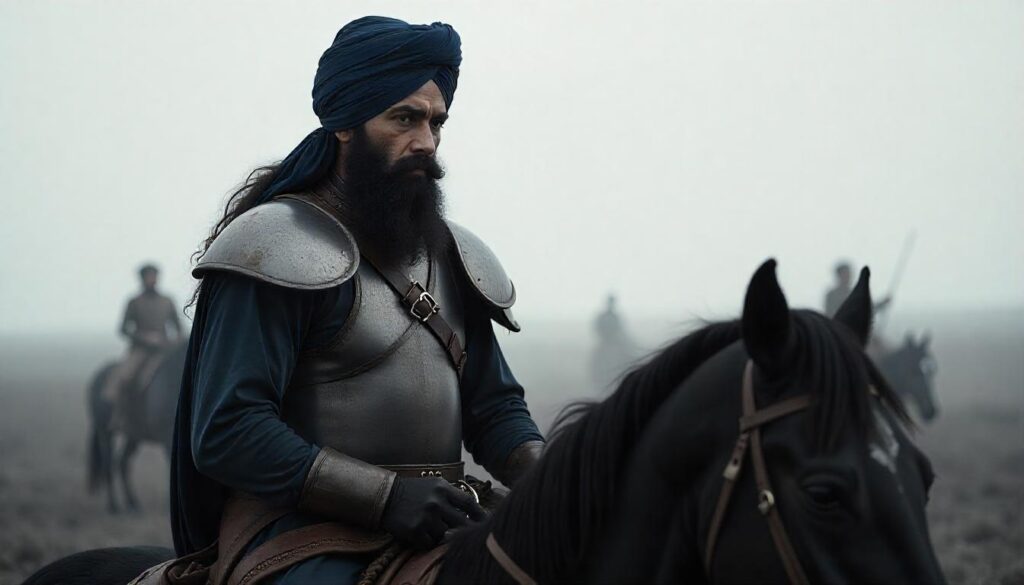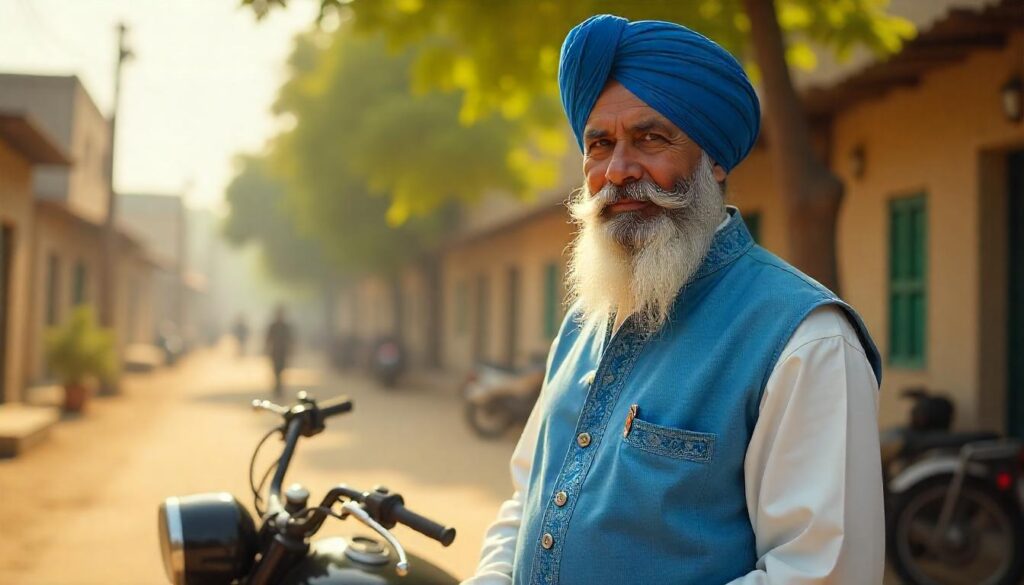Introduction: Who Is Sardaar Ji?
The term “Sardaar Ji” is more than just a respectful address; it represents a personality, a lifestyle, and a symbol of pride in Punjabi and Sikh culture. Commonly used to refer to Sikh men, Sardaar Ji is a title that carries a legacy of bravery, hospitality, and honor. From traditional values to modern-day representation in movies and media, the identity of Sardaar Ji has become both culturally rich and globally admired.
In this article, we will explore the meaning of Sardaar Ji, its historical significance, cultural impact, and how the image of Sardaar Ji has evolved in the 21st century. Whether you’re curious about Punjabi culture or looking to understand the Sikh community better, this article offers a comprehensive insight into the spirit of Sardaar Ji.
1. The Meaning Behind “Sardaar Ji”

The word “Sardaar” originates from the Persian language, meaning leader or chief. In Sikh and Punjabi culture, it is used to show respect, especially towards men who wear turbans and maintain Sikh traditions. The suffix “Ji” is added as a form of respect in many Indian languages.
When someone says Sardaar Ji, it usually refers to a Sikh man known for his pride, honor, and loyalty. This title is not just about appearance—it reflects character, values, and a strong connection to heritage.
2. Historical Significance of Sardaar Ji

The history of Sardaar Ji is deeply tied to the Sikh Gurus and the Khalsa tradition established by Guru Gobind Singh Ji in 1699. The Khalsa warriors were given the five Ks (Kesh, Kara, Kanga, Kachera, and Kirpan), forming the foundation of Sikh identity. These symbols also became visual elements of the modern Sardaar Ji.
Sardars have historically been leaders in battles, defenders of justice, and protectors of the oppressed. Whether during the Mughal era, the British Raj, or post-independence India, Sardars have been at the forefront of political resistance, social reform, and community service.
3. Cultural Representation in Films and Media

In popular culture, especially Punjabi cinema and Bollywood, the image of Sardaar Ji is often portrayed with humor, strength, and charm. Films like “Sardaar Ji” (2015) starring Diljit Dosanjh brought the title to global attention. The character was smart, funny, brave, and carried his Punjabi swag proudly—making “Sardaar Ji” a celebrated identity among youth.
From Sunny Deol’s fearless roles to cartoon shows like Chhota Bheem where Sikh characters are shown as strong and loyal friends, media plays a major role in shaping how the world sees Sardaar Ji.
4. Appearance and Identity
The traditional appearance of a Sardaar Ji includes:
- A turban (Dastar): A symbol of honor and spiritual dedication.
- A beard: Representing natural living and masculinity.
- Kara (steel bracelet): Symbolizing strength and connection with God.
- Elegant dressing style: Often seen in suits, kurta-pajama, or even modern Western outfits.
This look reflects discipline, pride, and self-respect. A Sardaar Ji stands out in a crowd—not just by appearance but also through behavior and values.
5. Values and Personality Traits of a Sardaar Ji
Beyond the external appearance, the heart of Sardaar Ji lies in his values. Common traits associated with Sardars include:
- Bravery: Always ready to help and stand up for justice.
- Hospitality: Famous for welcoming others with warmth and open hearts.
- Pride in Heritage: Strong cultural roots and dedication to traditions.
- Sense of Humor: Known for joyful spirit and light-heartedness.
- Respect for All Religions: Sikh teachings promote equality and unity.
These characteristics have made Sardaar Ji a respected figure not only in India but also in Canada, the UK, the USA, and other countries with large Punjabi communities.
6. Sardaar Ji in the Modern World
In today’s digital and globalized world, the role of Sardaar Ji is evolving. Many Sikh and Punjabi men continue to carry forward the identity with pride while blending it with modern lifestyles. Whether in the military, music, business, sports, or fashion, Sardars are shining across various industries.
Entrepreneurs, influencers, and YouTubers like Harman Sidhu, Diljit Dosanjh, and Singh in USA have made the title Sardaar Ji recognizable even to non-Sikhs. Young Sardars are redefining what it means to be traditional yet modern, spiritual yet progressive.
7. Global Recognition and Respect
Countries around the world now celebrate Sikh culture. Cities like London, Toronto, Vancouver, and Melbourne have vibrant Sikh communities, gurdwaras, and cultural centers. The image of a Sardaar Ji is no longer limited to Indian borders—it represents diversity, leadership, and respect on an international level.
Organizations like the World Sikh Organization and United Sikhs promote the identity and values of Sardars globally, helping spread awareness and counter stereotypes.
Conclusion: The Everlasting Pride of Being Sardaar Ji
The title “Sardaar Ji” is more than a name—it’s a symbol of dignity, strength, and culture. It honors a legacy of warriors, leaders, and peacekeepers. Whether shown in a movie, seen walking through an airport, or leading a business meeting, a Sardaar Ji carries with him centuries of history and pride.
As the world becomes more connected, the image and values of Sardaar Ji will continue to inspire future generations. Respect, courage, and community service will remain the cornerstones of this beautiful identity.


